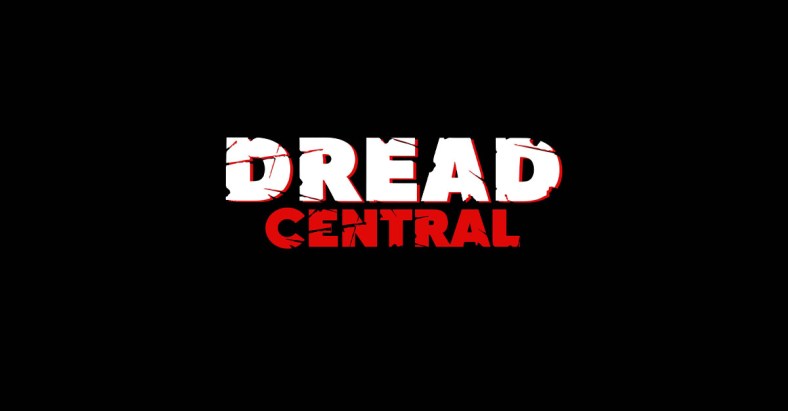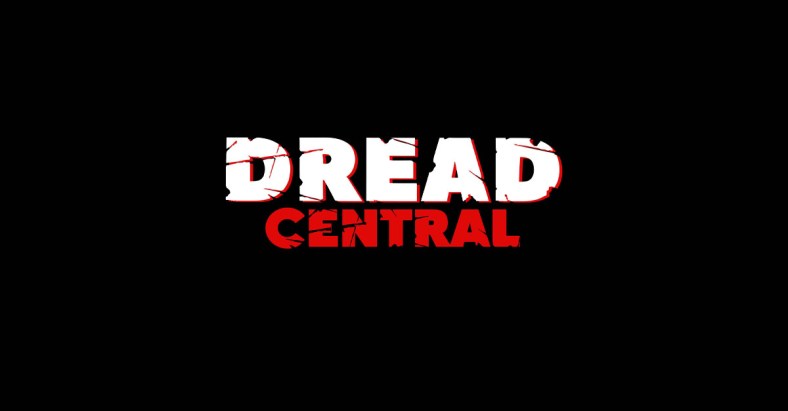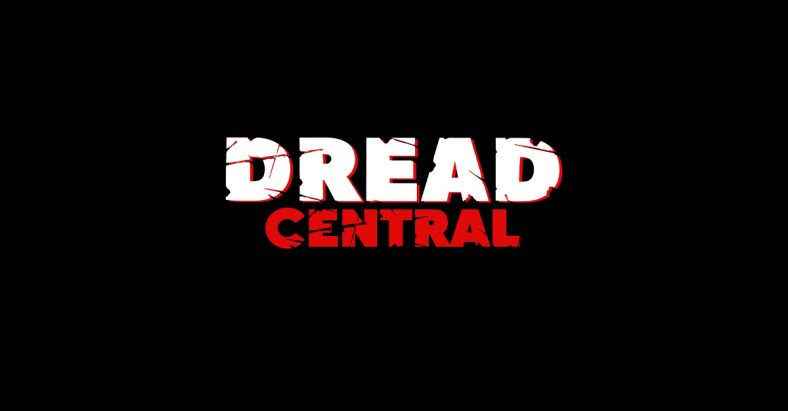Gyre: Maelstrom’s Toska Engine Spells Limitless Future for Horror Gaming

Last June at E3 2016, I was introduced to an intriguing new game called Gyre: Maelstrom. It has made it through the Steam Greenlight process, and is heading full steam ahead (no pun intended) for Early Access release. While Gyre: Maelstrom was very much a raw product when I saw it at E3, I couldn’t help but be enamored with it. The reason for this was the brand new narrative engine that the developers were creating. Evodant Interactive has built their own procedurally generating narrative engine from scratch. Dubbed the “Toska Engine,” it was like nothing I had ever heard of before.
Before we get into the Toska Engine, I’d like to first tell you a little bit more about Gyre: Maelstrom. Straight from the Steam Greenlight page, Gyre is, “a steampunk-themed action RPG based on a mechanical post-futuristic dystopia stemming from alt-history events of the mid-1800s. Characters are androids with human consciousness.” So what does that mean practically? Well, you play as an android and all of the other characters you will meet and interact with will also be androids. But on the inside, they’re essentially human. There are three classes of characters you can play, with nine different skill trees you can unlock no matter the class choice. There will also be an intense crafting system that will allow players to upgrade their body parts, equipment, and weapons. If you’d rather not play with weapons, and avoid combat altogether, you can do that too. This is of course thanks to the Toska Engine.

Gyre promises that thanks to Toska, no one’s playthroughs will be the same since the narrative is procedurally generated. The city Gyre takes place in will also evolve depending on players’ choices. That’s no small feat either since the location of Gyre is planned to be about the size of Seoul, Korea. There will be seven distinct districts in the city, all brought alive by eight million NPCs. The Early Access version of the game will only include the industrial sector of the city, but Gyre is aiming for around 140 hours of gameplay in the full release.

Now I’d love to dig deeper into Toska with you. The word the engine is named for is Russian and while it doesn’t have a direct translation to English, it essentially means “beautiful bittersweetness.” With a name like that, and the promises of its creator, Toska certainly has a lot to live up to! It isn’t without experience to back it up though. Toska was created thanks to almost a decade of research into artificial intelligence. The creators at Evodant Interactive have tons of psychology knowledge under their belts as well, which put them in a unique position to create an engine like this.
Toska is a complex system of course, but what it essentially should be in the case of Gyre: Maelstrom, is a dungeon master. Toska will build a character sheet for you based on your choices. It will create test scenarios to observe players and use the results to plan future ones. These observation and execution phases will build up Toska’s confidence. At the start of Gyre there will be 2,000 white-label story points that Toska will use to create players’ opening scenario. These won’t be crucial for long into your gameplay though since Gyre will constantly evolve to make the story for you. In much of a similar fashion, the game’s main villain will essentially be an empty cup in the beginning. Toska will populate the characteristics of the villain as you make your own choices. Best case scenario, your enemy in Gyre will be the moralistic opposite of you, having learned to be who they are by not doing what you do. All the NPCs in the game will have real behaviors as well, since they will have dynamic goals that will change as their world changes.

How in the hell will Toska accomplish all this?! How exactly does one create an AI system that can invent an entire world and make it believable? Generally these kind of AI created stories fall hard into the uncanny valley. Well, the people at Evodant think the solution is simpler than we think. Ryan FitzGerald, lead designer of the team, explained it like this:
“When a grandfather is making up a bedtime story, he doesn’t come at it with the whole plot planned out. He starts with a prince, or princess, or a gallant knight, and starts a journey. The adventure evolves as the child interacts and asks more questions. So the princess climbs a hill and finds a magic pony, and the child asks, “Can the magic pony fly?” So grandpa says yes, and now the princess is on her way to the wizard castle in the clouds. Going into it, there wasn’t a wizard castle until the child asked if the magic pony could fly. It’s the oldest and simplest form of storytelling.”
As we know, computers are inherently mathematical creatures, so the question has become how to break this very simple concept down into a math problem. The answer is lots of value assessments and graphs. Verbs are a good example of this value assessment. Say you want to populate a town to fit a narrative arc. First, you would assign point values to the verbs based on their intensity. A verb like walk would rate somewhere very low, close to 1. Murder on the other hand would rank very high, maybe even a 10. Based on your playstyle, the verbs would have some variance in weight (if you’re playing no combat, the “kill” verb would be much more heavily weighted than normal), but the basic structure of verb weighting is just a matter of mapping out all of the verbs. From there, the system can populate the map with NPCs with variable verb weight given your point on a narrative arc. So at hour 1, you might run into only 1-5 point verbs, and very few 5s. By act 3, you’ll run into 1-10 point verbs, with a much higher weight on the 7-10 category. This is just one example of how Toska will use complex variable equations to create a world tailored to the player. At E3 2016 I was told that even how you walk along the street will change how Gyre plays. Walking right down the middle of the street will give you a different game than walking along the walls of the buildings at the side. Only time will tell if Gyre can live up to these promises, so keep an eye out for it on Steam Early Access.

For now though, I’d like to finally talk a little bit about what the Toska Engine could mean for horror gaming. Obviously a procedurally generated narrative would be incredibly useful in the horror genre, simply for being able to create scares that are curated to you. I look at it this way. When I go to a haunted house, I wear a sweatshirt and keep the hood up the entire time. I’m that sap that doesn’t like when people are breathing on her neck. If somebody taps me on the shoulder and I turn around, that doesn’t scare me nearly as much as it would if they played with my hair first. Therefore if I was playing a horror game that altered itself during play to suit this fear, I’d be scared out of my mind. Back when I played Paranormal Activity VR, I moved very slowly and took my time glancing around corners. With a horror game run by Toska, it would learn how sheepish I am and probably place scares directly around those corners. Something like, “Oh! You figured out where normally placed jump scares would be? Well here’s a surprise one! BOO!” That would be a totally new level of video game for me.
If you’re someone who likes to run in guns a blazing, come what may, maybe Toska would redirect and go for more subtle scares. Or maybe it would ramp up and come up with even crazier ways to terrify you to death that you wouldn’t expect running from room to room like a madman. All in all, a narrative structure like Toska would be perfectly suited to our favorite genre of video games. Not only would I be destroyed mentally by playing a game using it, but I could then hand it to a friend and be equally horrified at whatever scenarios they are given.
Here’s what Ryan said about this very subject:
“I actually started out writing horror short stories. To me, horror is the ultimate narrative space. In Gyre, we can currently tweak things like fog levels or day/night cycles to tailor the mood to the player. That’s just the first step. Think of Lovecraftian horror. It’s all about the psychological, the shadows living in the corners of your mind. It’s about falling down a rabbit hole of insanity. But what if that rabbit hole was built just for you? Where would it take you? To what depths? That’s our goal with the Toska engine. To create an AI that can bring you to the limits of your own personal world.”
One of the biggest drawbacks to modern horror games is the replayability factor. In RPGs like Fallout, you can go back and play them again to discover new side quests you missed before, or to try out new skill trees. With many a horror game you could potentially do the same, but the sense of dread is usually gone. You’ve seen the jump scares, you’ve grown used to the fiends and monsters, the atmosphere is not so spooky anymore. But if you were playing a game where the story was different every time, there’s no telling what horrors would await!
Categorized:Editorials Horror Gaming

